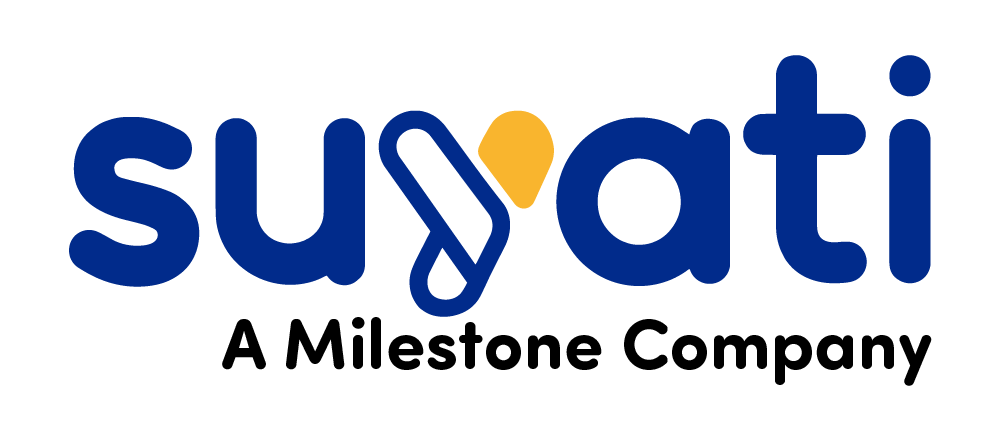We are entering the next generation of drugs and medicine, a pivotal point similar to where immunotherapies and monoclonal antibodies were twenty years ago. And not unlike Moore’s law for semiconductors, the breadth of targets and the rate of progress seems to grow at breakneck speed. Like any major advancement, it will require some serious look at the existing status quo of well-accepted models across many dimensions:
- Access and affordability – this is worth a separate discussion – great interview here
- Speed of innovation and introduction of other novel treatments,
- Last, but not least, supply chains where, in the case of autologous therapies, the patient is both the source and the recipient of the therapy, adding a couple of specific complexities to the challenge.
Mental blocks and friction points:
Misunderstood business process, applying wrong tools:
Other than one-time reusable materials and reagents, there is no inventory per se, so classic plant-centric models stop applying here. For all practical purposes, this is an Engineer-to-Order process where the raw material is human cells, already variable by definition, even more so when coming from very sick patients and in some cases, having undergone cryopreservation. I am not suggesting that classical tools such as enterprise resource planning systems, manufacturing execution systems, laboratory information management systems, etc. don’t have a role, but their application and integration needs to be applied in fit-for-purpose fashion, understanding the potential sources of variability: patient availability, human raw material, potential in-process exceptions, etc.
COI, COC, COP
No surprise, for a nascent field we already have “new” acronyms. Chain of Identify (COI) refers to the permanent and traceable association of a patient’s cells (raw materials) to the modified patient’s cells (drug product). Chain of Custody (COC) refers to the capture of who handled the cells, including where and when, through their entire journey. Both are critical in ensuring traceability of raw materials to product release, a journey which is potentially as unique as the patient herself. Cell Orchestration Platforms (COP) are emerging to provide initial working backbones for COI/COC. However, significant integration across systems (including other parties such as logistics providers and cryopreservation centers) must be done to make this information clear and transparent. This is also a space which may be already ready for some “good disruption” where harmonization and adoption of existing standards and existing infrastructure from both the transfusion domain (e.g. ISBT128) and pharma (GS1 serialization standards) could help minimize friction points in this ecosystem. Further “good disruption” could come from the creation of industry utilities that allow safe, secure, and governed interoperability of data for the multiple stakeholders in this ecosystem.
Initial thoughts on accelerators for industrializing the cell and gene supply chain
Advanced cell and gene therapies are an ongoing revolution. Supply chain digitization needs to respond appropriately including strategic paradigm shifts on long term planning horizons, adaptability, as nobody has a crystal ball to define a clear “end state”.
Technologies to be considered:
1. Fit-for-Purpose automation:
Automation technologies like Robotic Process Automation (RPA) and Machine Learning (ML) could show significant value in quickly understanding where the opportunities are for reproducible processes that can be further industrialized with enterprise-grade-software (MES, ERP, LIMS, etc).
2. Leveling the Internet of Things (IoT) capabilities:
IoT capabilities in this space are “uneven”. While on one hand, we have access to multi-sensor real-time data from specialized cryo transportation containers (GPS, temperature, tilt, shock, container integrity), we have other equipment in the value chain where external connectivity is minimal, if at all existent. This will require in the short term some creativity in capturing that data, while manufacturers of these equipment bring up their equipment to Industry 4.0 standards.

Capabilities to be considered:
1. Modeling and Visualization
Ability to model and visualize quickly these supply chains at scale and model their uniqueness (variability) and identify friction points before they happen. This is another capability-first, tool-later discussion. Project management software does not necessarily make a good project manager.
2. Patient-centric partnerships
Partnering across industry – what can manufacturers, payers, providers do to participate in these ecosystems in a way that is focused on minimizing pain-points for the patient, their healthcare provider, and the multitude of stakeholders in this complex, yet promising journey?
Partnering with regulatory agencies, particularly those involved in the flow of these types of products and services across borders, understanding constraints, and what can be done to reduce them. If I can leave my hotel room in Tokyo at 11AM, and be sitting at home having dinner with my family 22 hours later, why should we expect a patient’s cells to travel dramatically slower than that on both collection and delivery, given that they use the same plane that I was in?
In closing
The future is bright and around the corner for advanced cell therapies. Opportunities abound for keeping up with that pace for patients who are waiting for these therapies.
About Orlando Serani

